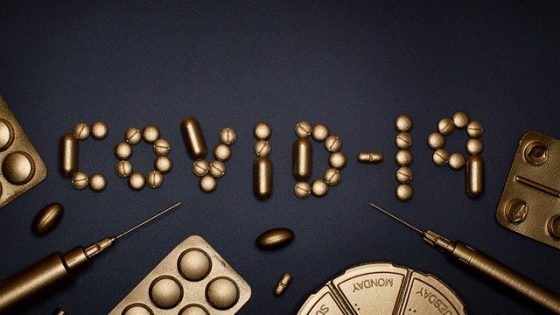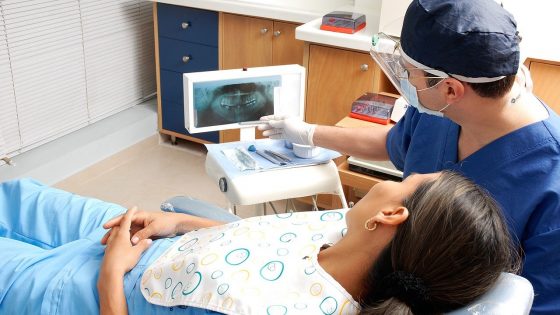clear cell adenocarcinoma
A rare type of tumor, usually of the female genital tract, in which the insides of the cells look clear when viewed under a microscope. Also called clear cell carcinoma and mesonephroma.
clear cell carcinoma
A rare type of tumor, usually of the female genital tract, in which the insides of the cells look clear when viewed under a microscope. Also called clear cell adenocarcinoma and mesonephroma.
clear cell sarcoma of soft tissue
A soft tissue tumor that begins in a tendon (tough, cord-like tissue that connects muscle to bone or to another part of the body). Under the microscope, clear cell sarcoma of soft tissue may look a lot like melanoma (a type of skin cancer). Clear cell sarcoma of soft tissue usually occurs in the leg or arm and it often spreads to nearby lymph nodes. It is most common in young adults.
clear cell sarcoma of the kidney
A rare type of kidney cancer, in which the inside of the cells look clear when viewed under a microscope. Clear cell sarcoma can spread from the kidney to other organs, most commonly the bone, but also including the lungs, brain, and soft tissues of the body.
clear liquid diet
A diet that is made up of only liquids and foods that are clear liquids at room temperature. Clear liquids are easy to digest and include water, broth, gelatin, plain tea and coffee, popsicles and juices without pulp, sodas, and sports drinks. Clear liquid diets may be used before certain tests or procedures, such as a colonoscopy, or before or after certain types of surgery. They may also be used to help treat gastrointestinal problems, such as nausea, vomiting, or diarrhea. Clear liquid diets are normally used for only a few days because they do not have enough of the calories and nutrients the body needs.
cleaved
Having to do with the appearance of cells when viewed under a microscope. The nucleus of cleaved cells appears divided or segmented.
CLIA
Changes to a 1988 U.S. law that sets the standards for all laboratory testing that is done on human tissue, blood, and other body fluid samples used to screen, diagnose, prevent, or treat a disease or condition. The CLIA program makes sure laboratories follow these standards and have quality control programs in place so that patient test results are accurate and reliable. The federal government agencies that manage the CLIA program are the Food and Drug Administration (FDA), the Centers for Medicare and Medicaid Services (CMS), and the Centers for Disease Control and Prevention (CDC). Certain types of laboratory testing, such as testing done in clinical trials, research studies, crime labs, and work-related drug testing, are not covered by the CLIA program. Also called Clinical Laboratory Improvement Amendments.













